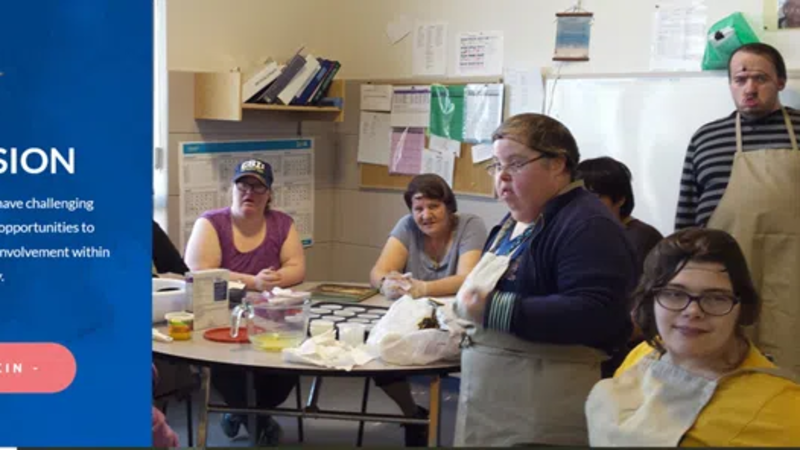
MLTC calls to establish First Nation emergency response team
Local search and recovery teams are calling on provincial and federal governments for better equipped first responders and search and recovery teams.
The plea comes as northern Saskatchewan families and communities have reported lengthy wait times for emergency responses.
The most recent emergency response in the area was to recover the body of six-year-old Lian Thunderchild from Makwa Lake on Aug. 5 after nearly 44 days of search efforts.
Paul Maendel is the leader and underwater diver with the Hutterite Emergency Aquatic Response Team (HEART) Team from Oak Bluff colony in Morris, Manitoba. He told meadowlakeNOW his team travelled over 1,000 kilometers on three separate occasions equipped with sonar technology and a remote underwater vehicle (ROV) to retrieve the boy.


